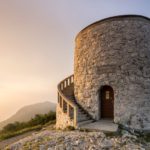VUKOVAR – one word, one name, one town, but many stories. A seemingly ordinary word, at first glance a simple seven-letter city name… but behind that ordinariness lies much more… hides a miraculous City!
Quite a lot is known about Vukovar, but there still remains a significant unfamiliar part to be told. Vukovar is patient. It can wait. It is waiting. It is waiting for the right time to come when some new stories will unfold. Until then, the already familiar stories with a new look will remind you of the long and rich history of this amazing town on two rivers, Danube and Vuka.
Vukovar not only has a story to tell, it is a story of its own.
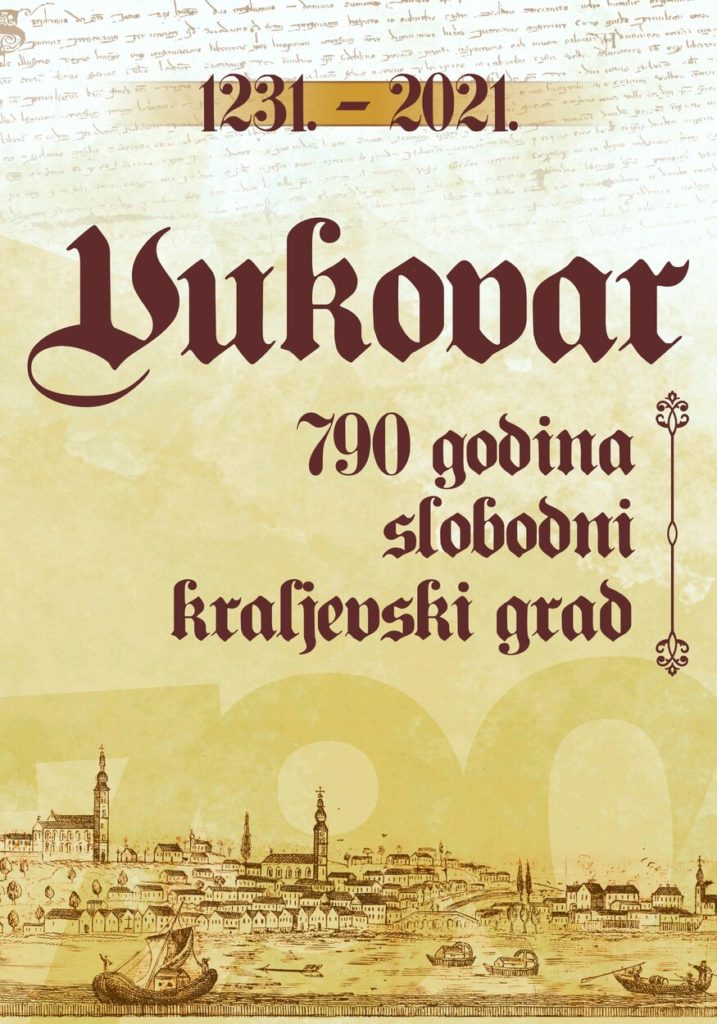
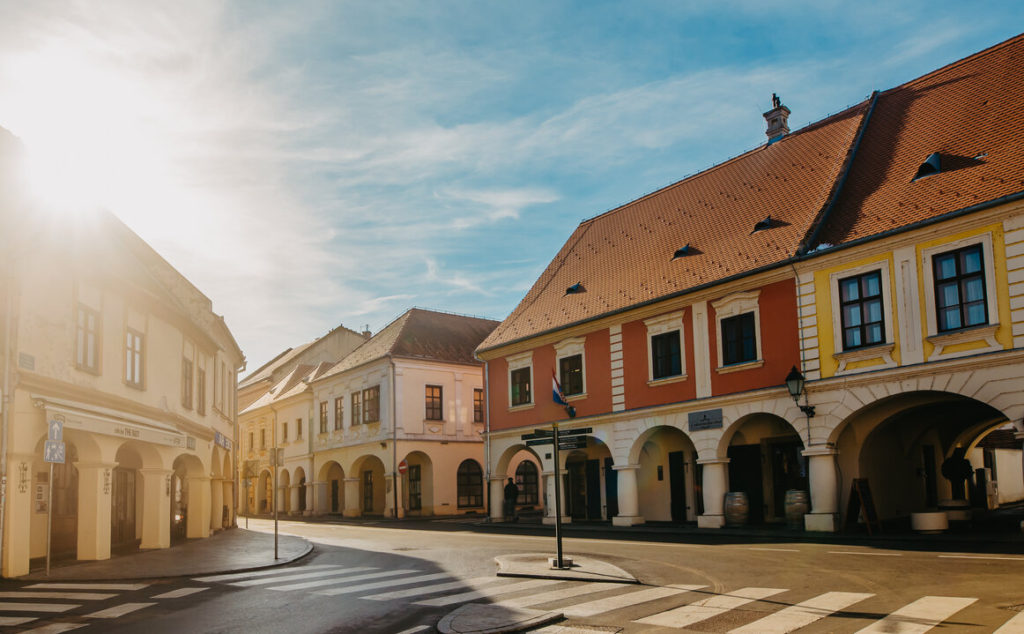
Time is a relative concept. What is a long time for a human is merely a grain of sand in the historic development of a city. The development of the city of Vukovar has a long, rich, and above all momentous history.
Time has been passing and throughout history, different cultures have been interchanging: from the Baden culture, the Kostolac culture, up to the Vučedol culture that left the most significant trace and that represents the threshold between two epochs of civilization – the transformation from the Stone Age to the Iron Age where the roots of the advancement of European cultural development lie.
Aside from the different cultures, different conquerors have been interchanging and different nations have come and gone while the town kept renewing and prospering, becoming stronger and more beautiful than before, accepting always only the best from the new arrivals.
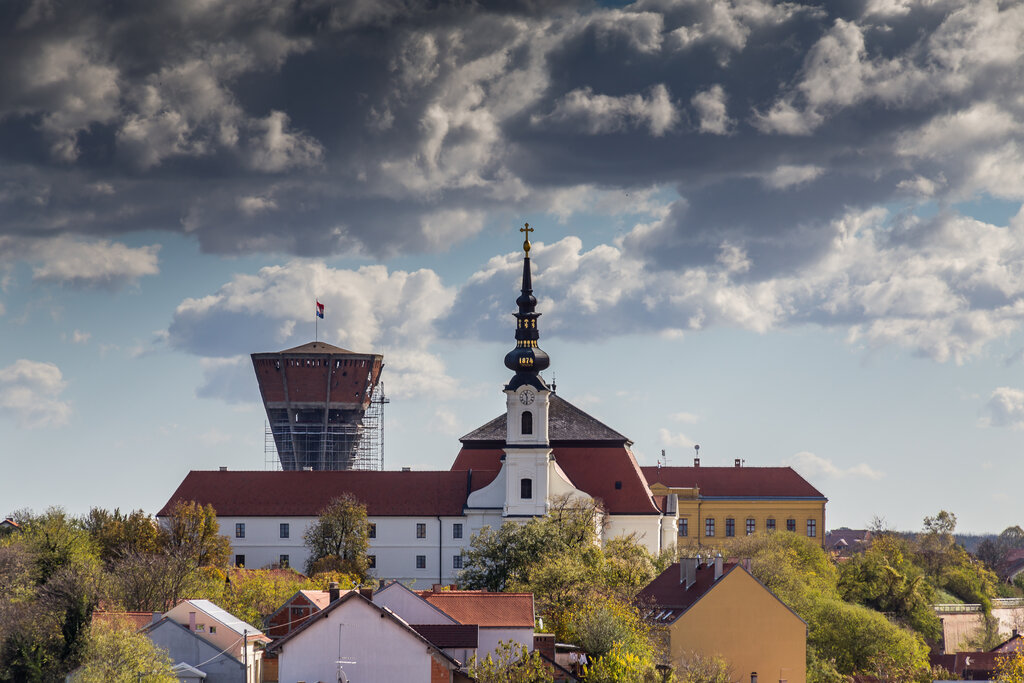
The historic development of the town had a crucial influence on the formation of its present function and physiognomy, building on the traces of the Vučedol culture and the period of Classical antiquity, which comes from the Middle Ages. That is when the rudiment of the present town was created, starting with the feudal castle and later the Turkish fortress at the location of what is now the Franciscan church and grammar school situated on the highest spot in the town. Subsequently, the lower part of the town developed and the construction of New Vukovar lasted until the 19th century.
Vukovar is first mentioned in written documents in 1220 as Vukovo, Wolcou, Walkow, Walco, Wlkow, Volco, Volcov, Valko.
From the 14th century on, the Hungarian suffix -var was added to its name, specifying its urban status (Wolcovar from 1323 on).
Honor and freedom were firmly built into the foundations of Vukovar in the Middle Ages when in 1231 Duke of Slavonia Koloman gave him the charter of a free royal city, which recognizes the independence and autonomy of the inhabitants of the suburbs. It is the third town in Croatia with a glorious libertarian title from that time, and in its surroundings at that time the seat of Vukovo County.
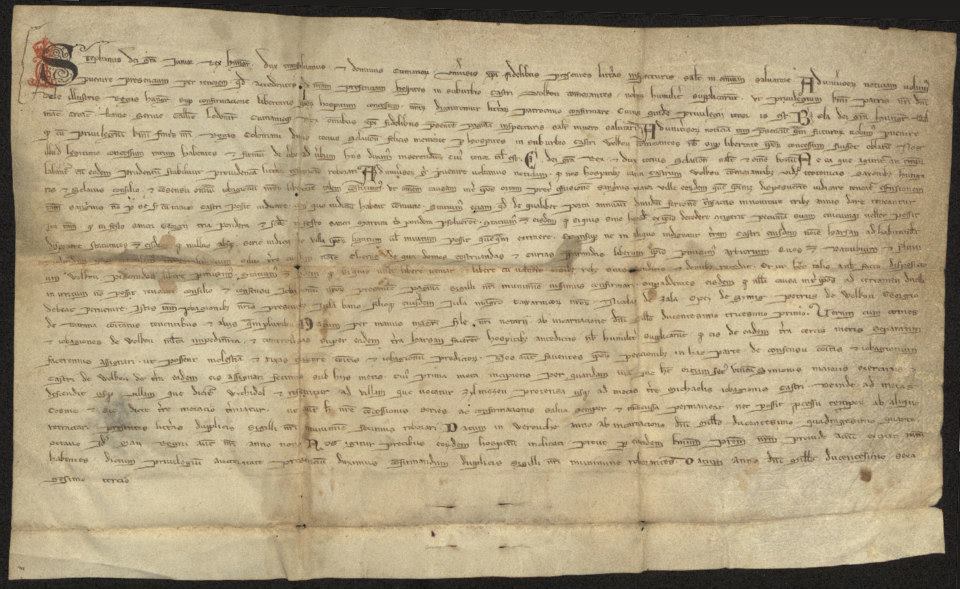
Do you know that just this year marks 790 years since then?
Vukovar was under Turkish (Ottoman) rule for 161 years. From 1745 it was the seat of the Syrmia county, situated in Croatia’s farthest eastern part and presently called Vukovar-Syrmia county. In the 18th century, the property in Vukovar and its surroundings was bought by the German noble family Eltz, which in the next two centuries will have an exceptional impact on social conditions and the development of the city. Apart from them, the Franciscans also had a strong influence on the development of the whole region, leaving an indelible mark, especially in education and culture.
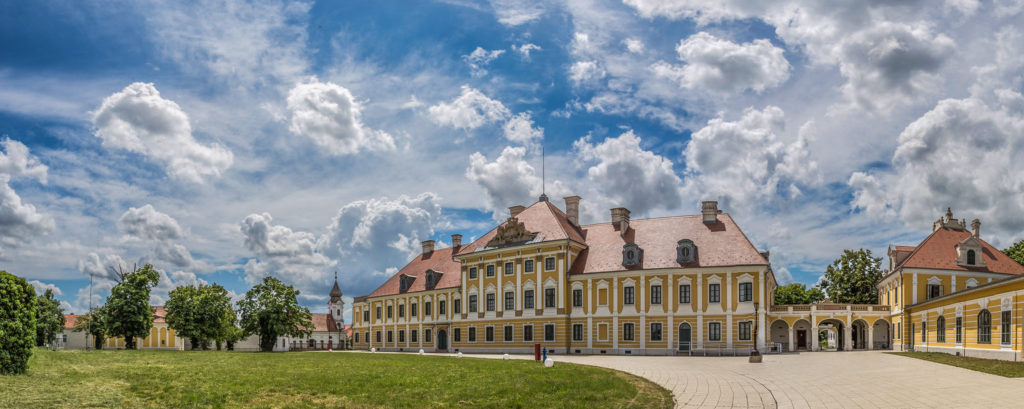
This year also marks the 130th birthday of the Vukovar Gymnasium located on an elevated position behind the Franciscan monastery of St. Filip and Jakov. ”The Vukovar gymnasium stood on a hill above the city and was painted yellow. That’s why it looked like a lamp set high with a special purpose.” (Pavao Pavličić).

Industrial development in the middle of the last century did not bypass Vukovar either. Thanks to the Borovo Rubber and Footwear Factory, the Vuteks textile factory, and the PIK Vukovar agricultural combine, the largest river port on the Danube, Vukovar has developed into a powerful industrial center and become one of the most developed cities in the former state.
Vukovar once… it used to be a city on a human scale, with everything a city needs, the requisite infrastructure, its rivers, and the Baroque city center, pulsing with life…
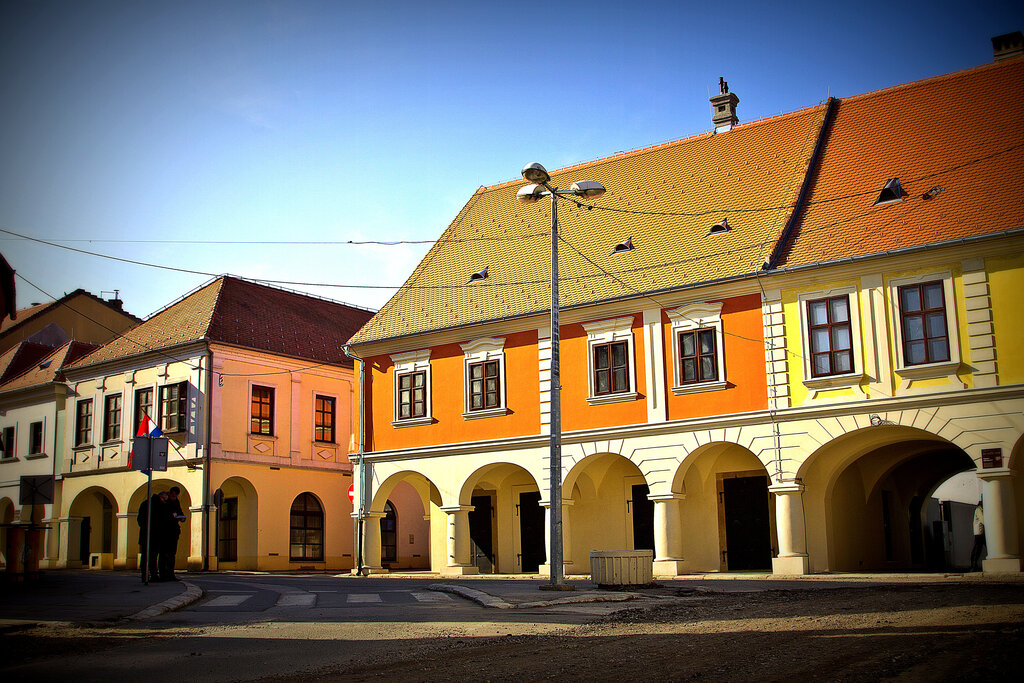

And then, in 1991, images of the city’s destruction made headlines worldwide. Nothing was spared. The birds fell silent…
After peaceful reintegration was finished on 15 January 1998, the people of Vukovar gradually started to return to their city, destroyed to the point of unrecognizability.
The city slowly rose from the ashes and started to rebuild, each inhabitant weaving a memory or two into its tapestry to make it resemble as closely as possible to the Vukovar they remembered. Or, as Siniša Glavašević put it: “You are the City.”
Today, Vukovar has regained its old splendor and regained the vision of a European city as it has always been and every day it looks more and more like the one we remember. Numerous projects are underway that will turn this Croatian Danube pearl into a city desirable for life while nurturing its history and identity and exceptional cultural and historical heritage.
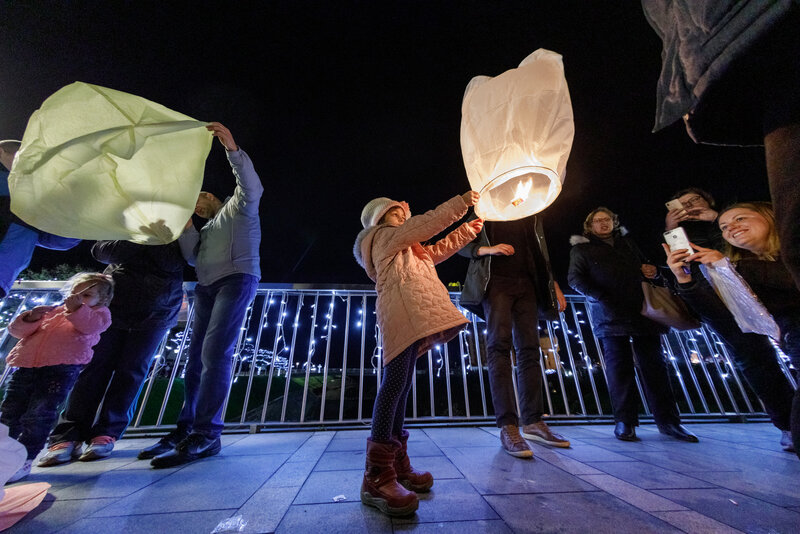
Author: www.turizamvukovar.hr


